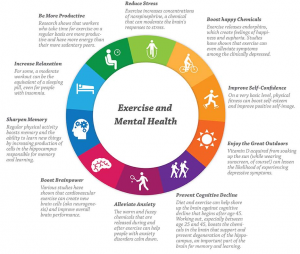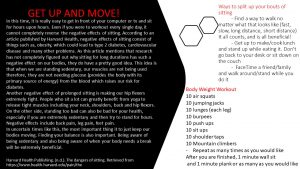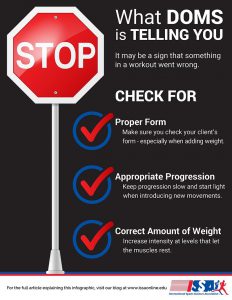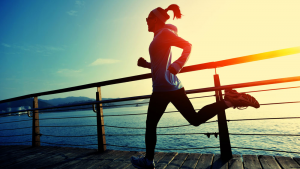Mental Health Benefits of Exercise
We all know that exercise is great for our physical health, but have you ever wondered if it good for our mental health? The answer is yes. Exercise does help us lose weight, look better, and feel stronger, but these are not the only things that exercise can do for us though. People tend to find out that as they exercise regularly they begin to get a better night’s sleep, they feel more energetic throughout the day, feel better all-around, feel and think more positive, etc. Exercise can be used to improve your mood, relieve stress, have a positive impact on anxiety and depression, ADHD, and more. The best part, is that you do not have to be a gym fanatic. You can go at your own pace and reap the benefits for yourself. Your outlook can change about many things if you use exercise to your advantage. Exercise is a powerful and beneficial tool, why not take advantage of it?
Anxiety, Depression, and Exercise
Participating in regular exercise will help increase your feeling of well-being by releasing those feel-good endorphins. These endorphins are what trigger the positive feelings you get in your body. will Regularly exercising helps take your mind off of those worries and negative thoughts that tend to feed your anxiety. By the end of your workout, you will forget what it was that was causing you so much worry, tension, and stress. I mean it, I speak from experience. I have gone into the gym worrying and stressing, but when I come back out, it is like I completely forgot what I was stressed or worried about. Exercise is not just for looking good, it is also for feeling good as well, physically and mentally. The best part is that you do not have to exercise for hours on end, all you need is at least 30 minutes, 3 to 5 days a week. Honestly though, any amount of physical could make a big a difference.
How to Incorporate Activity Without the Gym
Some ways that you could incorporate activity into your everyday routine includes;
- Parking farther away from the door at work or your destination
- Taking the stairs instead of the elevator
- When walking to a destination, take the long way
- Going for a walk around your neighborhood
- Doing bodyweight exercises at home
You do not need a gym to reap the benefits. Get up, get moving, and feel better about life.



